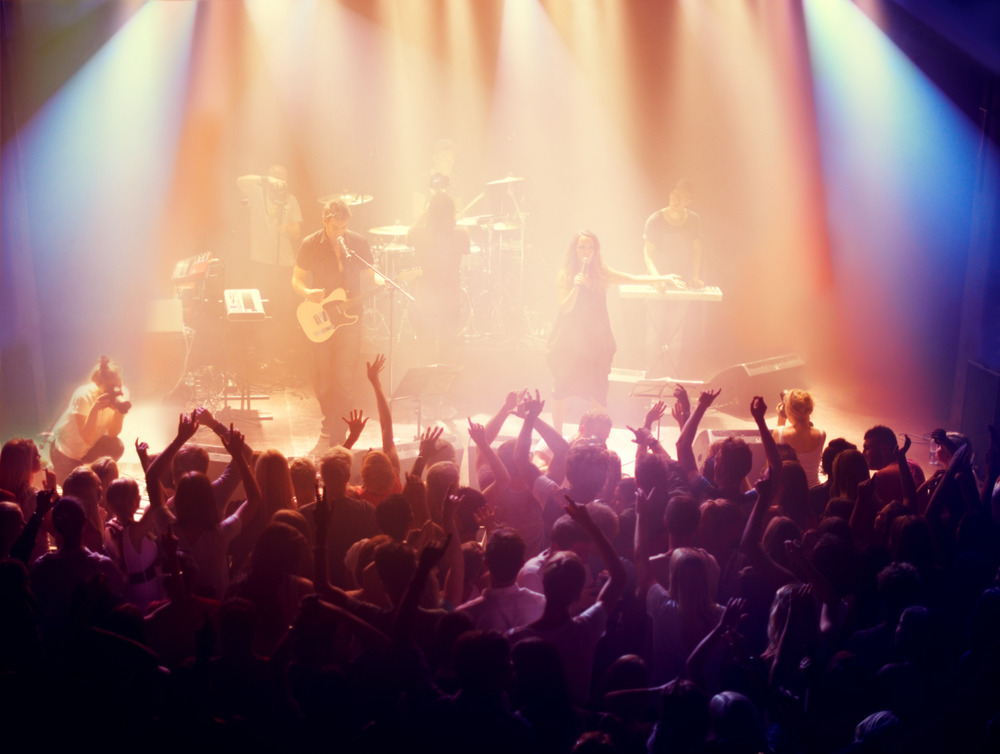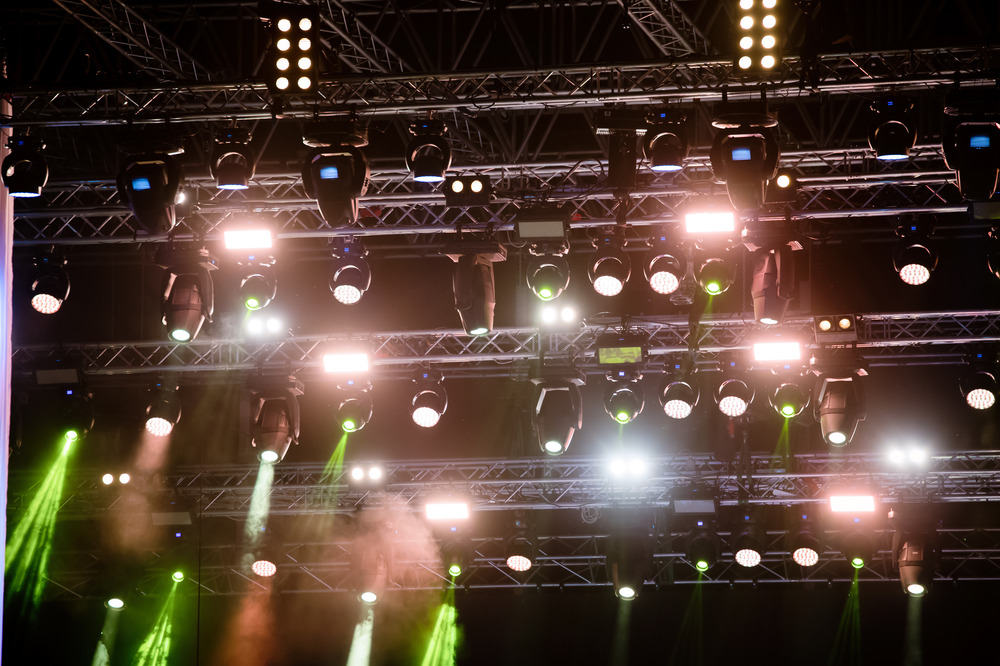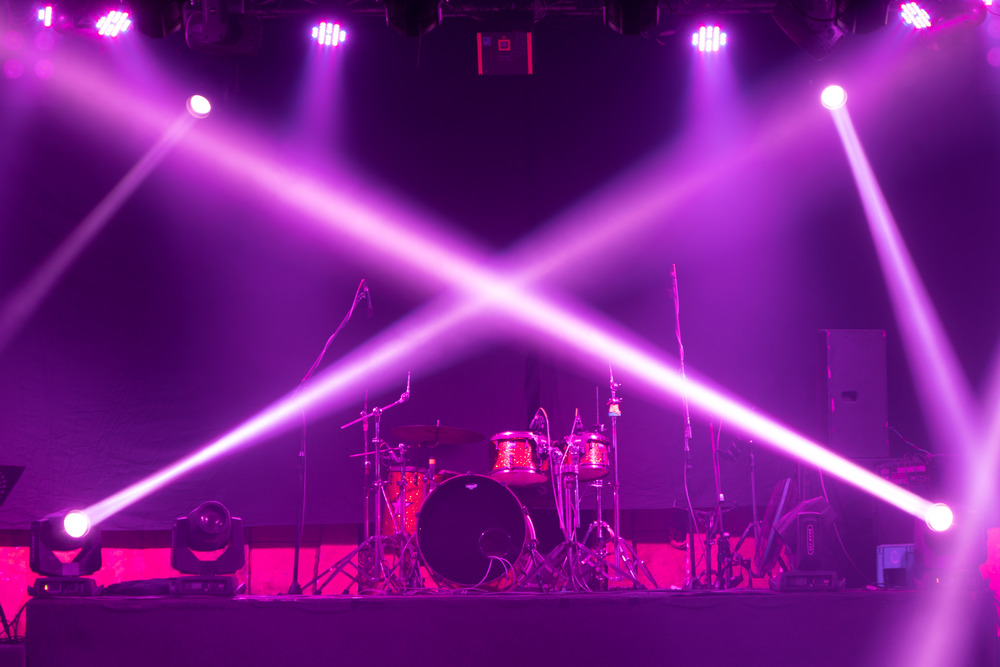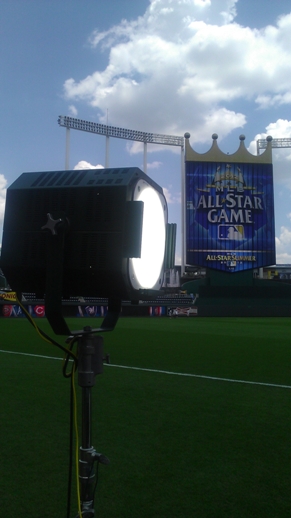Concert lighting is more than just illuminating the stage—it significantly provides audiences an immersive, unforgettable experience. From dramatic spotlighting to synchronized light shows, stage lighting professionals help set the mood and engage audiences on a deeper level at concerts.
The Evolution of Stage Lighting
Concert lighting has evolved from candlelight and oil lamps to simple static stage lights to high-tech, computer-controlled systems. What used to be traditional spotlights has become more complex with LED technology, floodlights, lasers, and projection mapping. Modern concerts integrate digital effects and moving head fixtures for dynamic, immersive experiences.
Types of Concert Lighting Techniques
Professional stage lighting directors use various effects and lighting equipment to provide the best possible experience for artists and their fans. Different types of stage lighting techniques commonly used include:
- Spotlights
- Backlighting, front lighting, and side lighting
- Wash lighting
- Strobe effects
- Gobo projections
- Lasers and LED walls
- Floodlights
- Moving lights
- Ellipsodial spotlights
These concert lighting techniques help set the stage and control the mood, ensuring an unforgettable concert experience.
The Future of Concert and Stage Lighting
Stage lighting technology continuously evolves to create more interactive and engaging events for fans and concertgoers. Future innovations in concert lighting may include:
- AI-Powered Lighting
- Augmented Reality (AR) and Holograms
- Sustainable, Eco-Friendly Lighting
With the continuous emergence of artificial intelligence (AI) in several fields, AI-powered concert lighting would not be a shock. Game-changers could be adaptive lighting solutions that respond to audience reactions and performers’ cues in real time.
Augmented reality (AR) and holograms in concert lighting could bring new visual elements into festivals and concerts.
The Importance of Concert Lighting in Live Performances
Stage lighting is vital in creating an enjoyable and memorable experience for festival and concertgoers. Lighting design can impact an audience’s reactions and emotions during a live performance. In addition to illuminating the stage, concert lighting captivates the audience by transforming a live show into an immersive visual spectacle that keeps them engaged from start to finish.
Behind every spectacular light show at a concert is a lighting technician who carefully worked with the artist to construct a cohesive theme. Professional lighting designers program lighting cues to stay in sync with stage movements, songs, and the performers. Lighting directors are responsible for operating lighting techniques and equipment and making real-time adjustments throughout the concert.
Creating Atmosphere
Concert lighting color selections and brightness levels are carefully curated to impact the audience’s moods, feelings, and behaviors. The color psychology is considered when setting up concert stage lighting, as different colors evoke different feelings. For example, symbolic color meanings include:
- Red—excitement, passion, and love
- Blue—calmness, hope, and wisdom
- Purple—mysterious and glamorous
- Yellow—hope, happiness, and joy
- Orange—warmth, joy, and kindness
- Green—nature, freshness, and growth
Professional lighting designers understand the message specific artists and bands want to convey, carefully curating color changes. Intense red or yellow lighting adds energy and drama, while soft beams of blue or purple can create a calm and intimate atmosphere. When lights synchronize with the music, it creates an emotional connection and experience for the audience.
Enhancing Storytelling
Concert lighting tells a story about an artist or band and their performance. As color changes and dynamic transitions narrate the story of a live show, the lighting guides the audience through unique moments.
Spotlights focus on key performers, dramatic moments, or certain sections on the stage that the artist wants the audience to focus on. Lighting color changes throughout a concert, shifting the mood between a performance’s songs or sections. Dynamic lighting effects create seamless scene transitions that set the stage for a storytelling experience for the crowd.
Immersing the Audience
Lighting for a concert or festival isn’t just about the stage lights. Concert lighting can extend into the crowd, with lasers, strobe lighting, and LED wristbands. Specialized lighting effects make the audience feel like an integral part of the concert.
LED concert wristbands that synchronize with the songs and other crowd effects create an immersive, unforgettable experience. High-tech visuals like projections, lasers, or strobe and pulse lighting that mimic the beat of the music enhance the atmosphere.
The Psychological Influence
Lighting can control the energy and engagement levels of the audience throughout a festival or concert. Bright, fast-moving, or flickering lights create high-energy moments during a live show, pumping up the crowd and elevating their mood.
Dim concert lighting with beams of purple and blue constructs a more intimate and relaxed feel for audiences. Sudden light bursts of yellow or red or blackouts invoke excitement and suspense, keeping the audience engaged and on their toes.
Finding Incredible Concert Lighting Professionals
Stage lighting is a key part of the live music experience for concertgoers and performers. Incredible lighting at a concert sets the tone, evokes emotions, and engages the audience to create an unforgettable experience. It plays a crucial role in making a concert truly special and memorable for the artists, bandmembers, staff, and the audience.
Professional festival lighting directors help the audience connect with live performances through breathtaking visuals, immersive effects, and synchronized lights with the beat of the music. Choosing the right lighting technicians and crew can make or break your live performance.
Special Event Lighting and Production Companies
With Frank Gatto and Associates, we’re sure your fans will have a memorable and extraordinary concert experience. Our professional lighting directors, technicians, crew chiefs, and stage hands are some of the best in the industry and ready to make your concert unforgettable.
Contact us today for more information on our stage lighting and production services!
References:
- Britannica. Stage lighting.
- Verywell Mind, 2024. Color Psychology: Does It Affect How You Feel?




